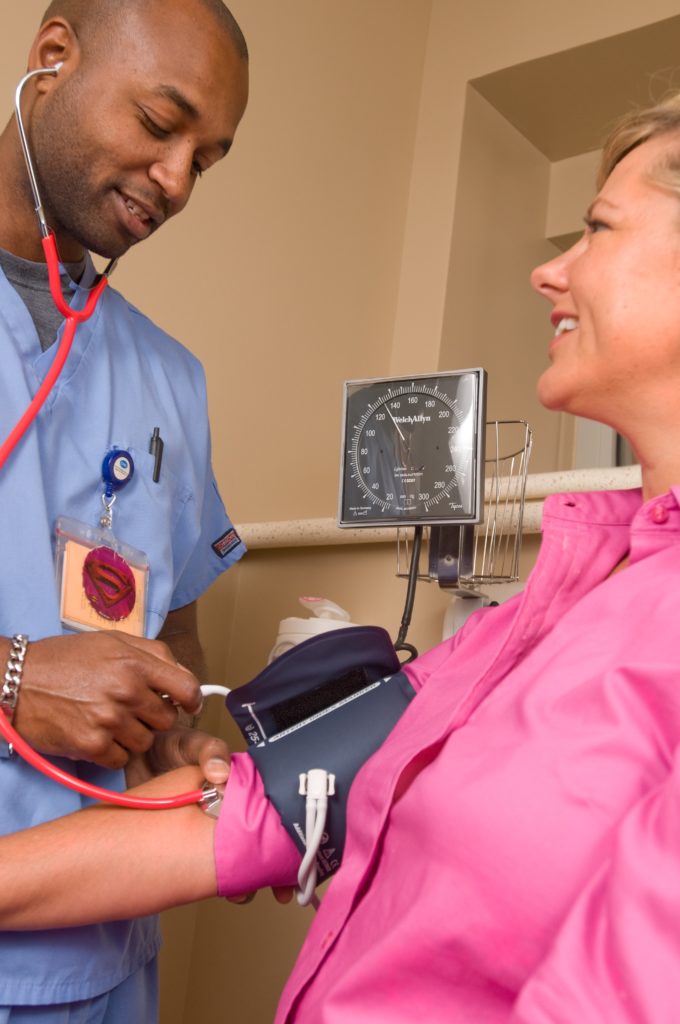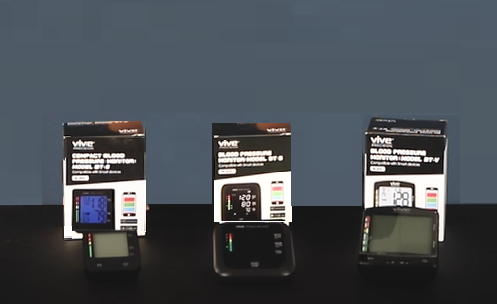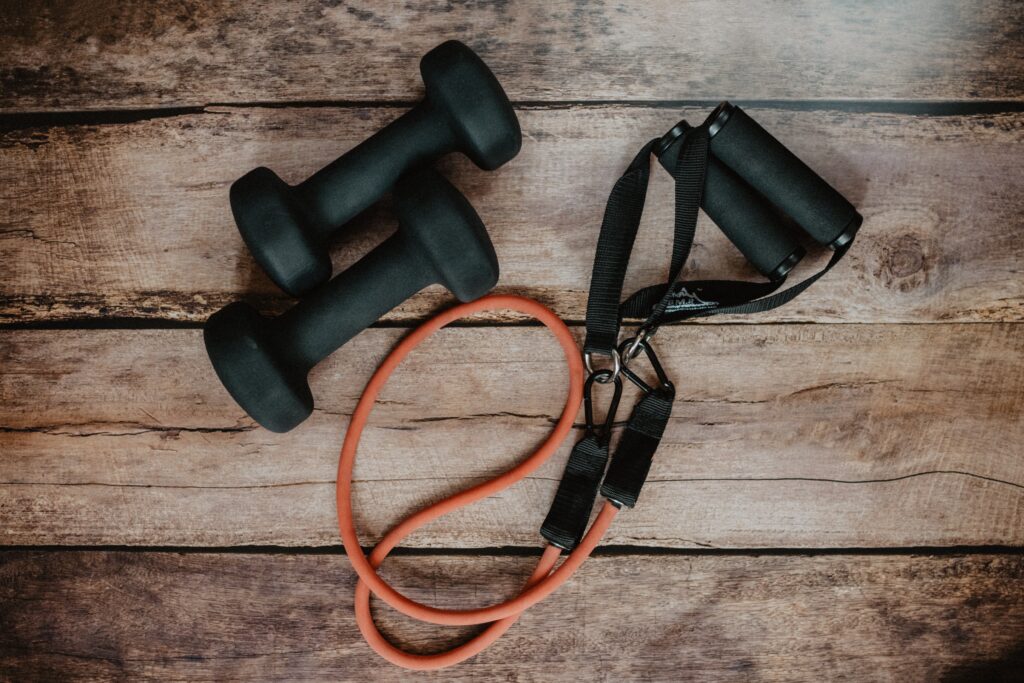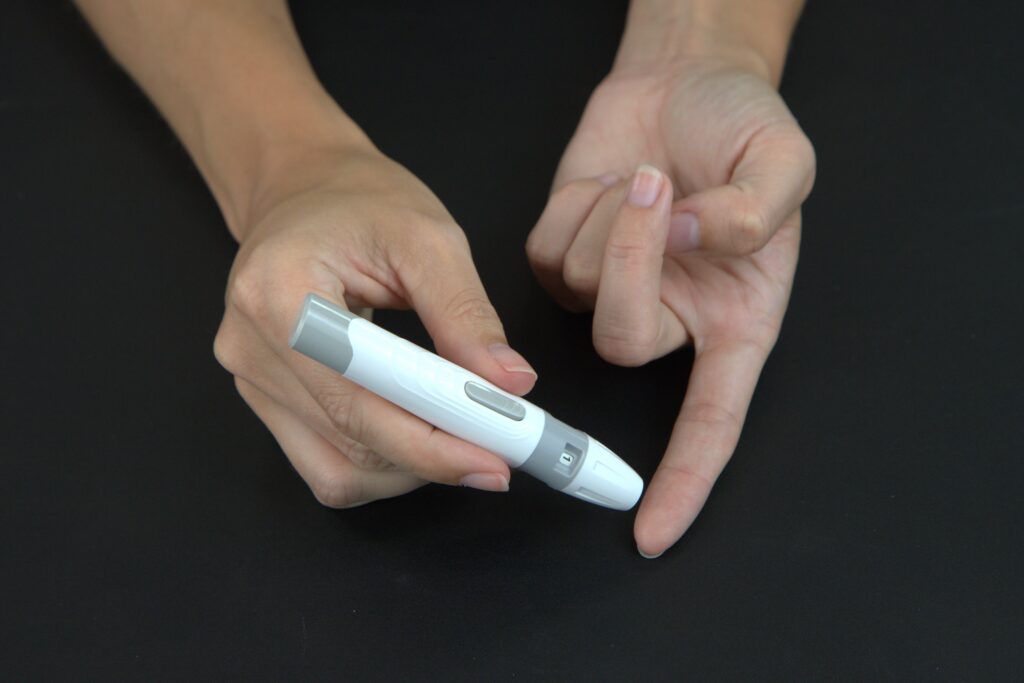February is National Heart Health Month. Remote patient monitoring (RPM) has the potential to improve patient outcomes and reduce healthcare costs by allowing medical professionals to quickly identify any changes in a patient’s condition and take appropriate action. One of the areas in which RPM can be particularly beneficial is in the field of heart health.

Heart disease is a leading cause of death and disability worldwide. According to the World Health Organization, 17.9 million deaths occur each year as a result of cardiovascular disease, an estimated 31% of all global deaths. Regular monitoring and management of heart health is crucial to prevent complications and improve patient outcomes.
Traditionally, heart health monitoring has been conducted in a clinical setting, through regular check-ups and diagnostic tests. However, this can be time-consuming and inconvenient for patients. With RPM, heart health monitoring can be done in the comfort of a patient’s own home.
RPM can be used to monitor a variety of heart-related parameters, such as heart rate, blood pressure, and weight. This data can be collected using wearable devices such as smartwatches or specialized heart monitoring devices. These devices can track a patient’s heart health and send the data to a healthcare provider for analysis. This allows for more frequent monitoring and can help identify any issues early, before they become serious problems.
One of the most common heart disorders that can be effectively monitored with RPM is hypertension (high blood pressure). High blood pressure is a leading risk factor for heart disease, and regular monitoring is crucial to manage the condition and prevent complications. With RPM, patients can easily monitor their blood pressure at home and send the data to their healthcare provider for analysis.
In addition to hypertension, RPM can also be used to monitor heart conditions such as congestive heart failure (CHF). CHF is a condition where the heart is unable to pump enough blood to meet the body’s needs, leading to a range of symptoms such as shortness of breath, fatigue, and chest pain.
Early detection of CHF is crucial to managing the condition and improving patient outcomes. With RPM, patients can monitor their weight, heart rate, and other key parameters, providing valuable information to their healthcare provider. This data can be used to track the progression of CHF and make adjustments to the treatment plan, reducing the risk of hospitalization and improving patient outcomes.
Another advantage of RPM in the field of heart health is the ability to monitor patients with heart disease in real-time. This allows healthcare providers to quickly identify any changes in a patient’s condition and take appropriate action. For example, if a patient’s heart rate or blood pressure spikes, their healthcare provider can be notified immediately and take appropriate action to prevent further complications.
At Vive Remote Patient Monitoring, we offer a suite of connected vitals monitoring devices that allow patients to monitor and track their health data, while also improving visibility to their provider. With more information readily available, patients are able to receive proactive care, without needing to leave their home. Patient accountability and engagement with their provider may also increase by implementing a successful remote patient monitoring program.
In conclusion, RPM is a valuable tool for improving heart health and reducing the risk of complications. By allowing patients to monitor their heart health in the comfort of their own home, RPM provides a convenient and effective way to track changes and identify issues early, improving patient outcomes and reducing healthcare costs. As we celebrate National Heart Health Month, it is important to consider the role that RPM can play in promoting heart health and improving patient outcomes.
Read our last blog here on the benefits of RPM for medical officers.










